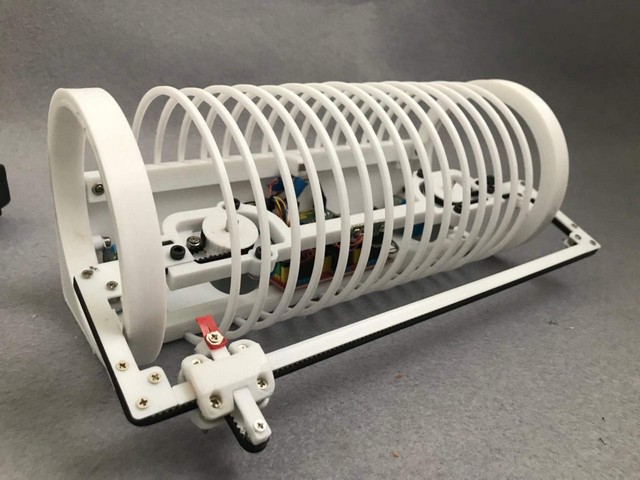
Clocks have a long way since their inception. Invented by Christiaan Huygens way back in the 17th century, the pendulum clock was the first time-keeper of the world. Since then, we have come to see clocks change over the course of time. From mechanical to digital and now we have one wrapped around our wrists in the form of a wristwatch. But I bet you have never seen a clock built like this one. Justifying its name, the Sequino is completely made of “flip sequins”.
“Flip sequins” or reversible sequins, if you don’t know, are small shiny disc-shaped materials of different colours used to decorate fashion items like clothes, pillows, shoes and bags. These glittery discs come in diverse colours, which can be changed just by flipping the discs. It is pretty popular among kids and teenage girls because of the vibrant colours and the glitter factor.
What Makes The Clock Tick…Or Should I Say “Flip”
The flipping property of the material is used by the creator of the Sequino, Ekaggrat Singh Kalsi to make the clock show the time. He engineered the clock to use a motorised stylus to stroke the flip-sequin from one colour to another to show the time. The stylus uses the Adruino Nano R3 to draw its power. The sequins are implanted on a cylindrical structure and the stylus is held by the motorised contraption which brushes the sequins to reveal the time. It sounds like a retro printer and it is actually that much slower.

When the maker released the demo video, he had to speed it up to 3x to show us how the mechanism work. The clock takes roughly 4 minutes to spell-out the time. That means, every time the clock shows the time, it is 4 minutes behind the actual time.
This clock has absolutely no use in the market and that is why Singh is not even selling it. But he did share a report containing information about the design, materials and the drawbacks he experienced while making the clock. This report can be used by someone who is willing to re-engineer this product and make it “not useless”.










